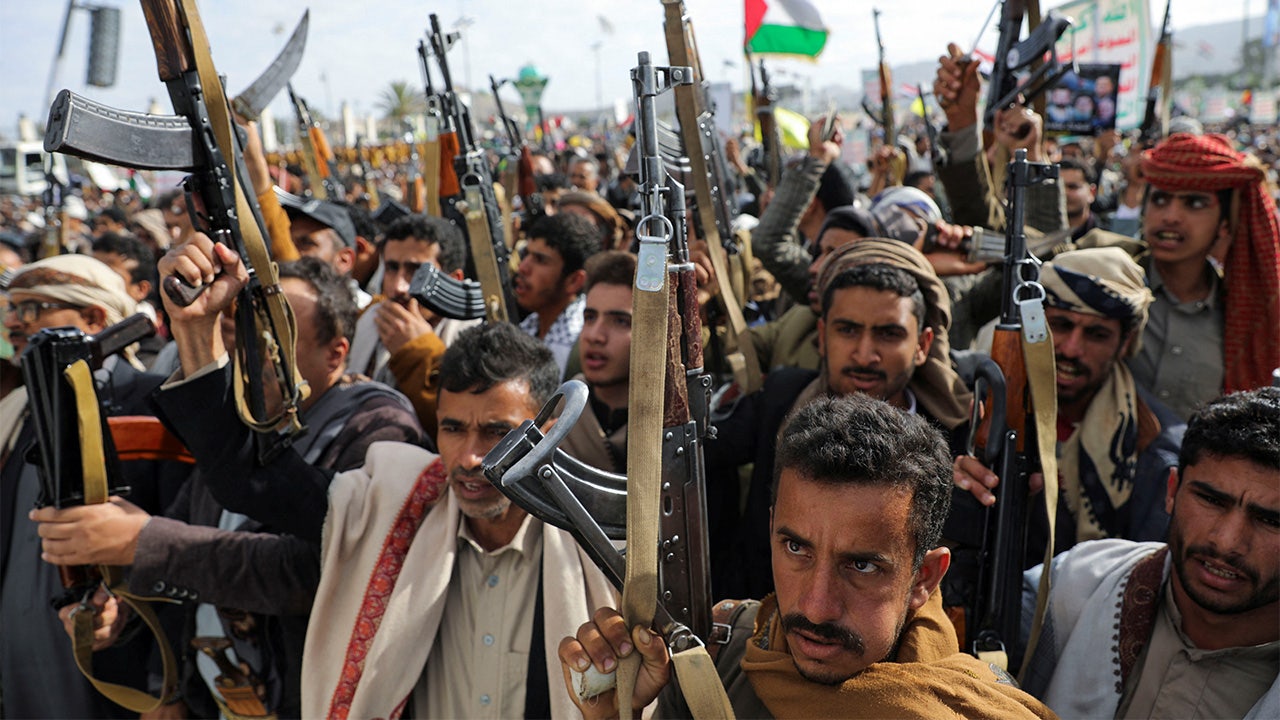“I’ve never experienced such a bad drought in my life,” says 28-year-old Akure Ewar told UNFPA.
Seven months pregnant, she complains of hunger and often gets dizzy as she goes about her day.
“The droughts have been getting worse over the last three years, but our animals kept us alive with milk and meat. This time they all perished and left us nothing.”
Unattended births
Many are forced to migrate in search of water, food and pasture, and lack access to health facilities for vital maternal health care.
“Before the drought, our health facilities recorded an average of 411 births in a month, indicating a qualified midwifery rate of 70 percent,” said Maiyo Elphas, a health officer for Loima subdistrict.
“By November 2022, the number had dropped to 100 registered births, a very low rate of 24.6 percent.”
Women have been disproportionately affected by the drought in Kenya, which has increased their vulnerability to violence and severely limited their access to health care.
‘Take care of myself’
“Every woman, rich or poor, has a 15 percent risk of complications at the time of delivery, but maternal deaths are almost non-existent in developed regions,” according to to the World Health Organization and explains the importance of qualified birth attendance, ie a birth assisted by a trained health professional such as a doctor, nurse or midwife.
The rate of skilled midwifery was already low in Kenya, a country with a high level maternal mortality of 342 per 100,000 live births, but the situation is deteriorating dramatically for those affected by the drought.
In the village of Lochorepetet, 30-year-old Losikiria Kuya, who is pregnant with her fourth child, often goes days without food and cannot travel 10 kilometers to the nearest health center for her antenatal check-ups.
“Usually my husband takes me to the center on his motorbike to give birth, but since he’s often out looking for pastures, I have to be prepared to fend for myself if necessary,” she said.
rural women
The drought crisis is not only affecting women’s access to basic maternal health care; it causes severe malnutrition in pregnant women and escalates the risks to them and their future babies.
In addition to affecting the development of a fetus, malnutrition also causes a number of problems for pregnant women, including higher risk of sepsis and death.

A mother carries her child past the carcasses of livestock that have died as a result of a severe drought in Marsabit, Kenya.
UNFPA and its partners provide life-saving sexual and reproductive health services that bring services closer to those who need them most.
“During the drought season, we have been conducting health activities every two weeks, offering antenatal and postnatal services, family planning, nutrition and immunization services to the community,” Sister Lobei Dedan Njagi told UNFPA.
An estimated 15 to 20 pregnant women are cared for at each visit.
worries on the horizon
The severity and exceptional duration of the drought is exacerbating an already dire situation in Turkana County, already plagued by locusts and the COVID-19 Pandemic.
Forecasts point to a possible sixth consecutive bad rainy season from March to May, putting even more women and girls at risk.
UNFPA is asking for $113.7 to fund its response plan to the Horn of Africa drought crisis 2022-2023 to support the increasing needs of women and girls.

A UNICEF worker at Sopel Primary School in Turkana County, Kenya. helps children understand the challenges posed by the ongoing drought crisis.





